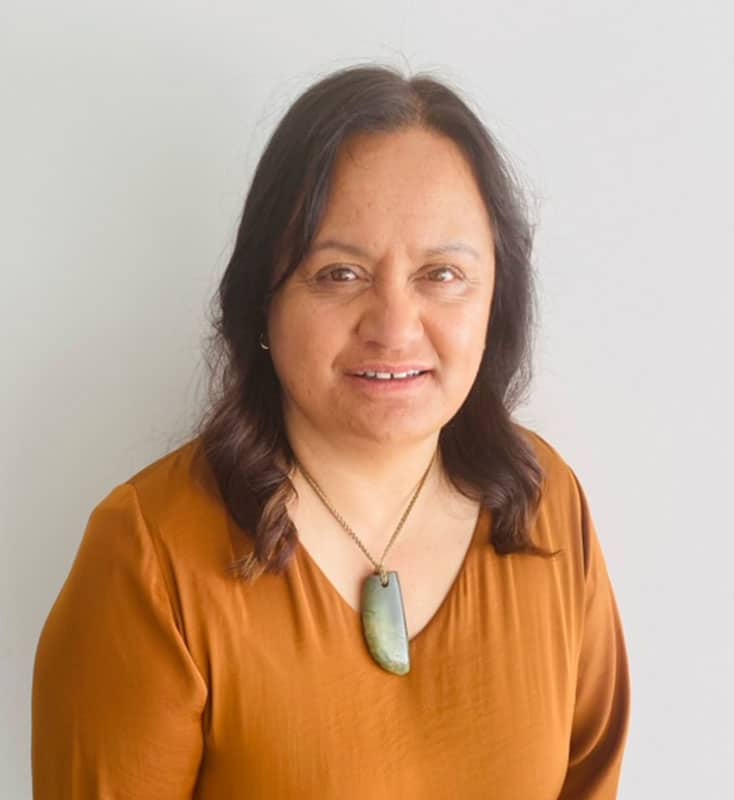Awatere, S., Pauling, C., Rolleston, S., Hoskins, R., & Wixon, K.
Culture Planning & Design
Landcare Research New Zealand Ltd., ,
2008
Read Publication
This report examines the integration of Māori cultural values and practices in urban design and sustainable settlement development in New Zealand.
The authors explore the historical and contemporary aspects of Māori involvement in urban design, focusing on the transition from traditional designs to European influenced styles and the emerging Māori-driven urban design aspirations. The authors provide a literature review tracing the evolution of the Māori built environment. They highlights the shift from traditional Māori designs to adaptations influenced by early European styles and the recent resurgence in incorporating Māori cultural values in urban design. This chapter emphasises the ongoing relevance of traditional Māori concepts, especially environmental stewardship, and their compatibility with European design principles in achieving sustainable urban development. The report also investigates traditional and contemporary Māori settlement patterns, emphasising the importance of mātauranga Māori in urban design. The report uses case studies to illustrate local perspectives on papakāinga development, arguing for the integration of Māori knowledge in urban design processes to maintain cultural significance and community identity. The authors also discuss best practices in papakāinga design, addressing challenges like limited resources and complex development processes. This chapter includes insights from a hui (meeting) of Māori design and housing professionals, highlighting the need for collaboration and innovative solutions in papakāinga development. The report then focuses on developing an assessment process for papakāinga design using a Kaupapa Māori research approach. The authors detail the workshops and hui with Māori professionals they conducted, where tools like the mauri model were discussed for assessing design outcomes. This underscores the significance of co-design processes involving Māori communities in creating culturally sensitive and sustainable living environments.










